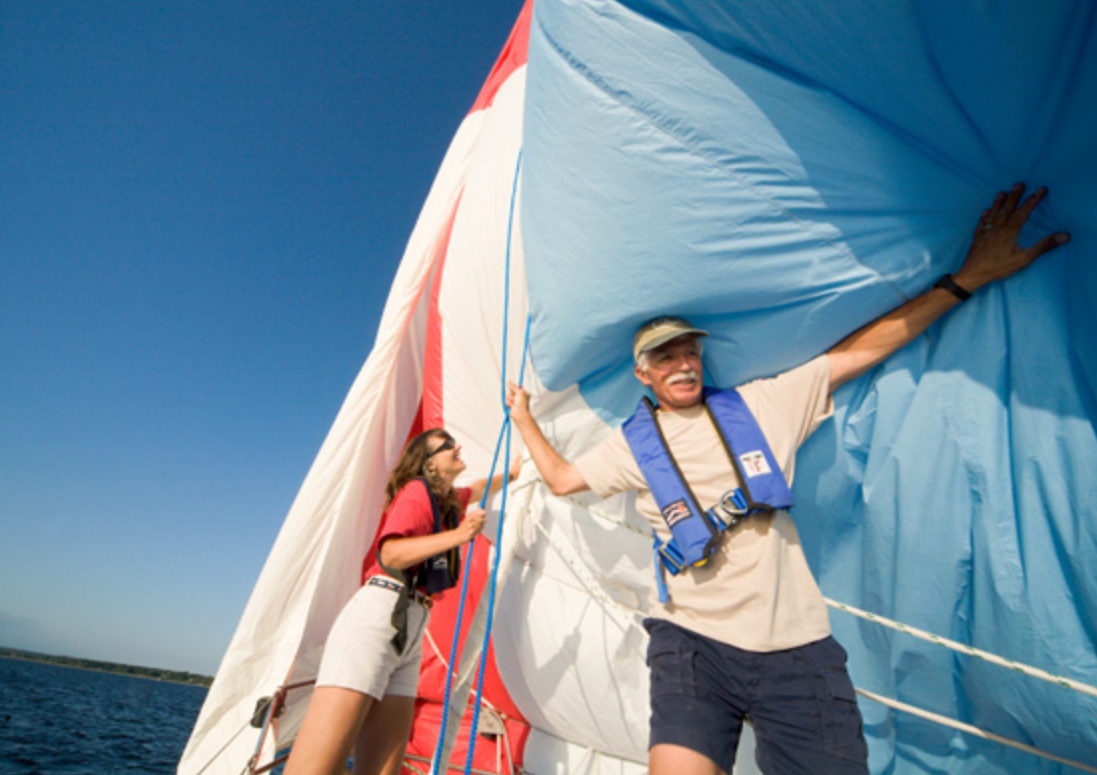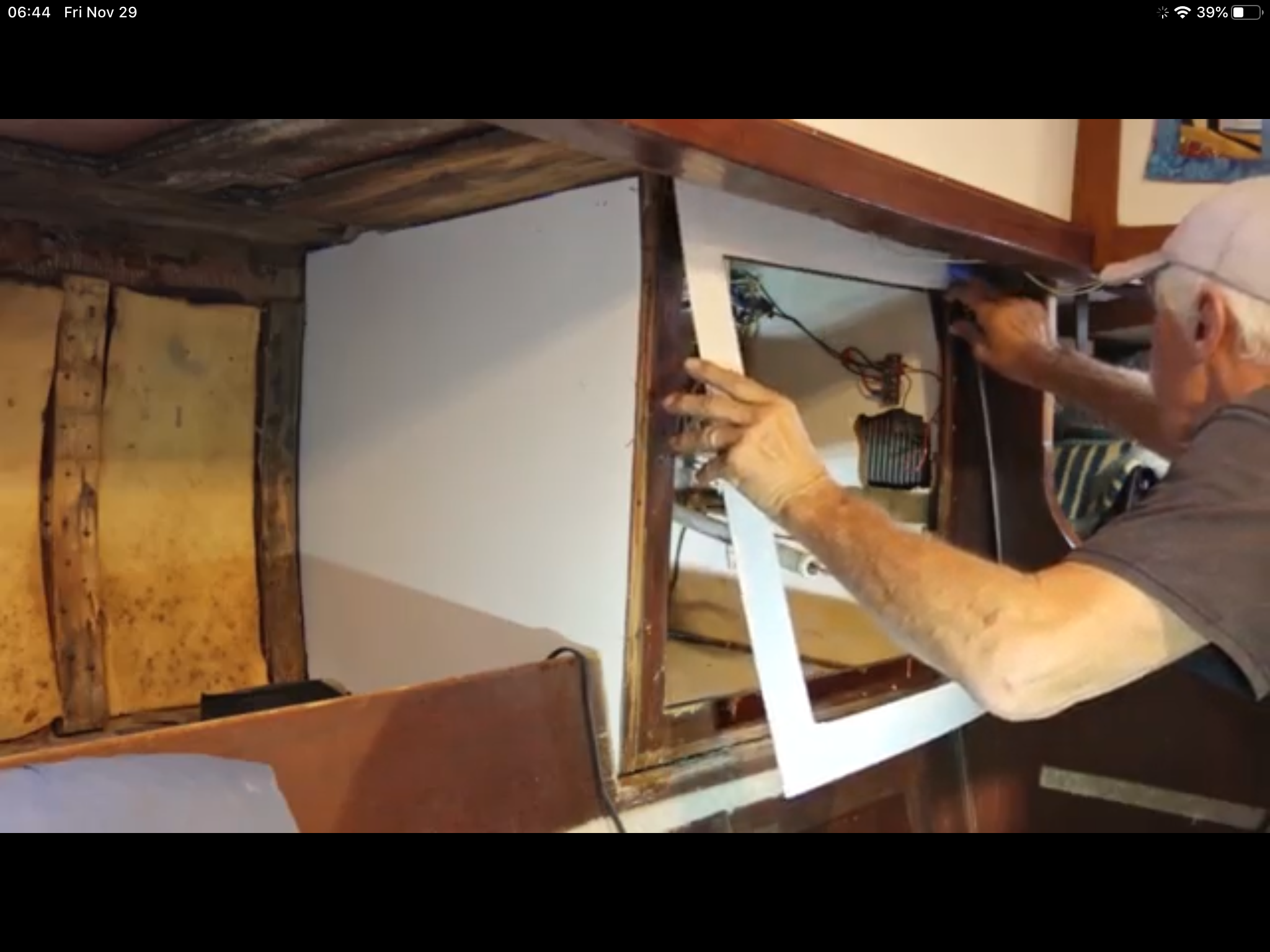Days before Patrick’s hospitalization for Covid 19, he had been disassembling the boat to supply many many photos of our Sailboat ..a Valiant 40: Brick House, for an article that was being written for Practical Sailor Magazine, about one of the greatest boats ever made for cruising, the Valiant 40. Its a good read and shows my home of nearly 20 years. The link to the article is below.
Maybe just maybe I should sell her, and look for other sailboats to join in all of the beautiful places in the world I have yet to see and sail. No big ocean crossings just the joy of a new destination…hmmmmm…
No decisions the first year they say…and it would be extremely tough for me to sell her. I am turning up short on captain companions ready to continue on with me, and I have no desire to sail on my myself, with groups of woman, or with mere delivery captains. I’m already home. First choice would be to find a very experienced companion to continue this life with, but it’s proving difficult to find and I don’t want to waste my life trying to maintain this boat til the right guy comes along. This boat is meant to sail…and to keep moving. I am too. And I can’t sail off with someone only to sail off…it has to be the right person who is a phenomenal sailor.
If anyone has huge interest in buying my precious home, let me know. I may be talked in to it, with time. Or if you have tons of experience crossing oceans and think we may get along…then give me a shout…rebecca.childress at yahoo.
Valiant 40 Sailboat Tour (#3) Down Below Part 2. Water Tank Repair, Chain Locker, Marine Toilet, Electronics
Communication Evolution on Brick House : Iridium GO! Predictwind!
Predictwind & The Stormy Weather of Cape of Good Hope/Cape Aghullas!







